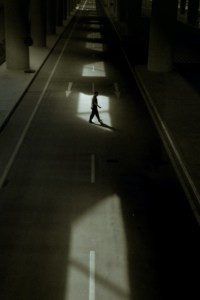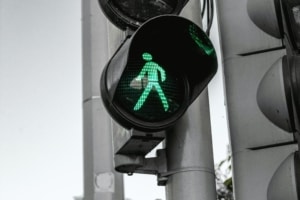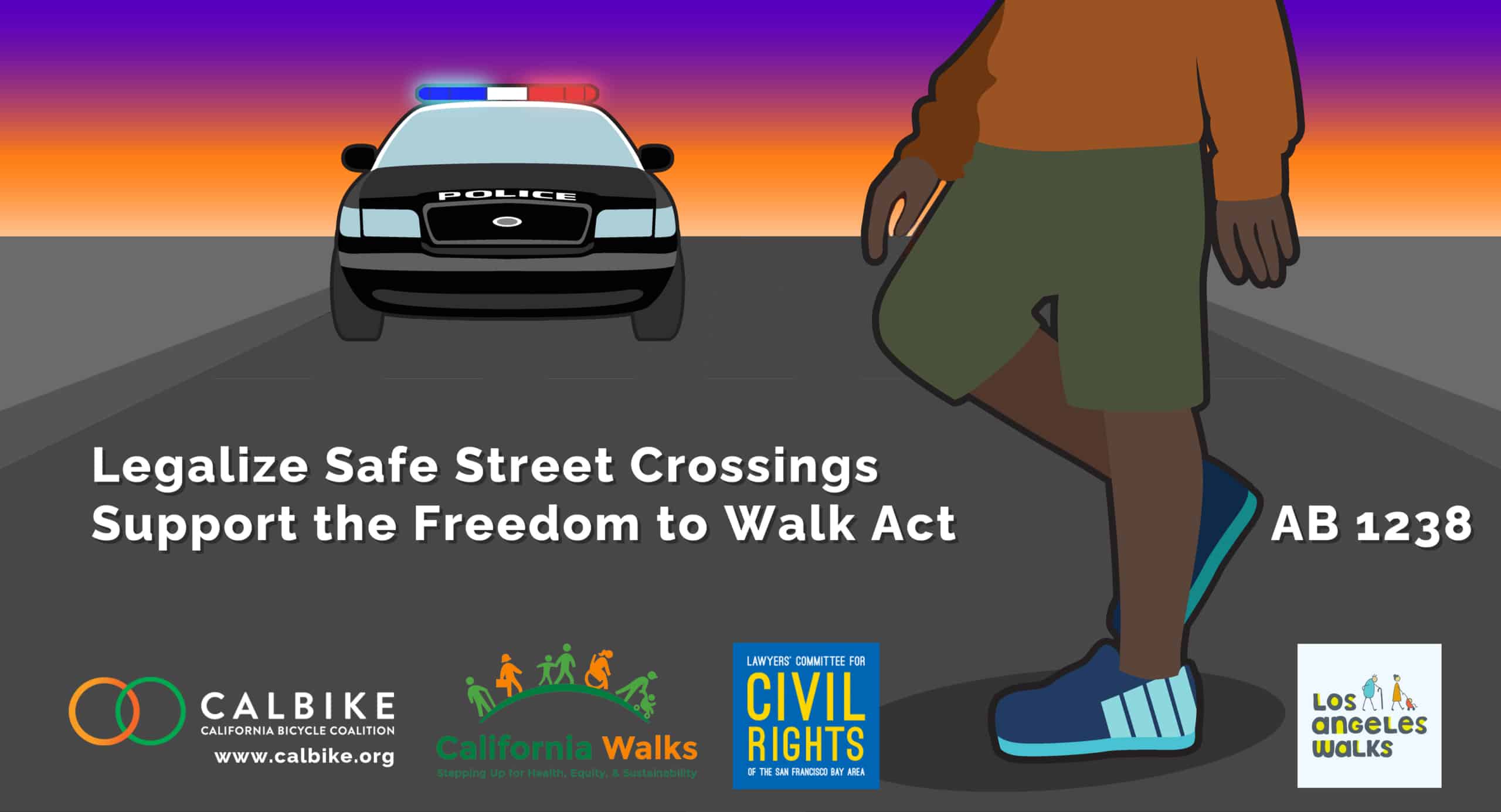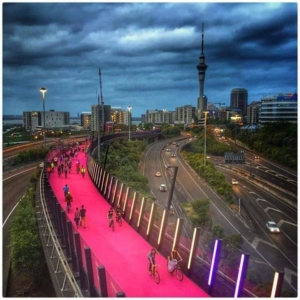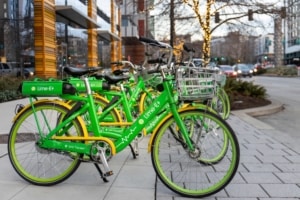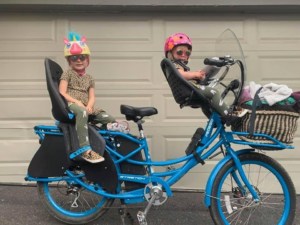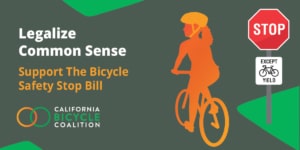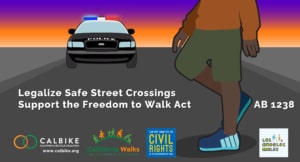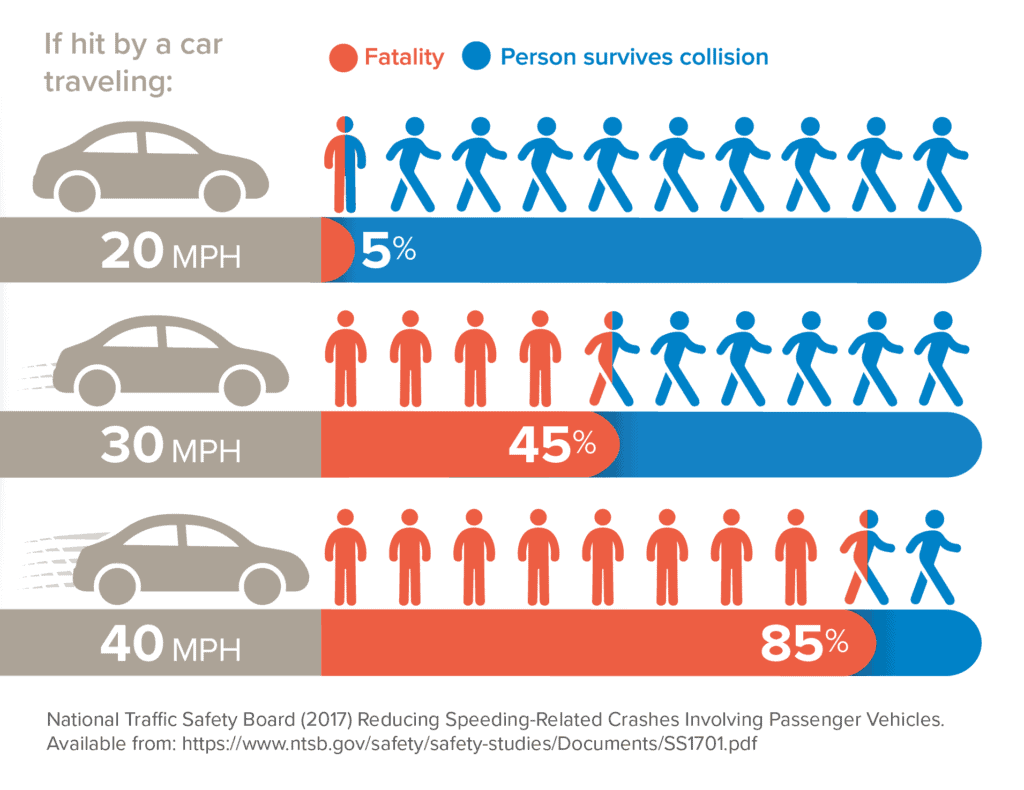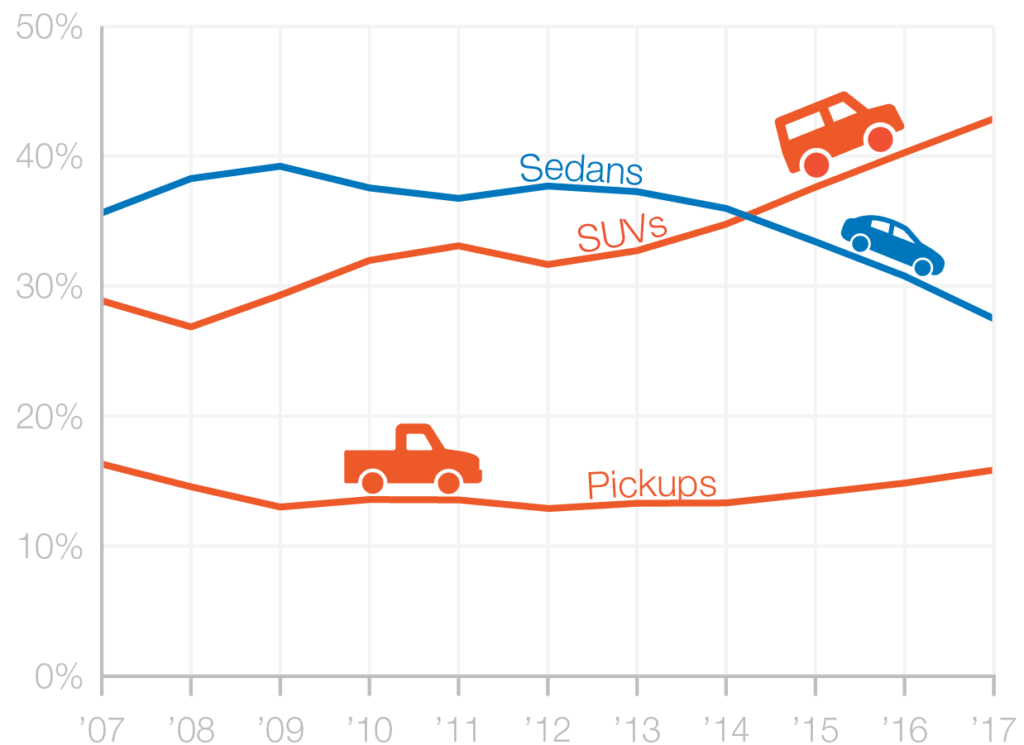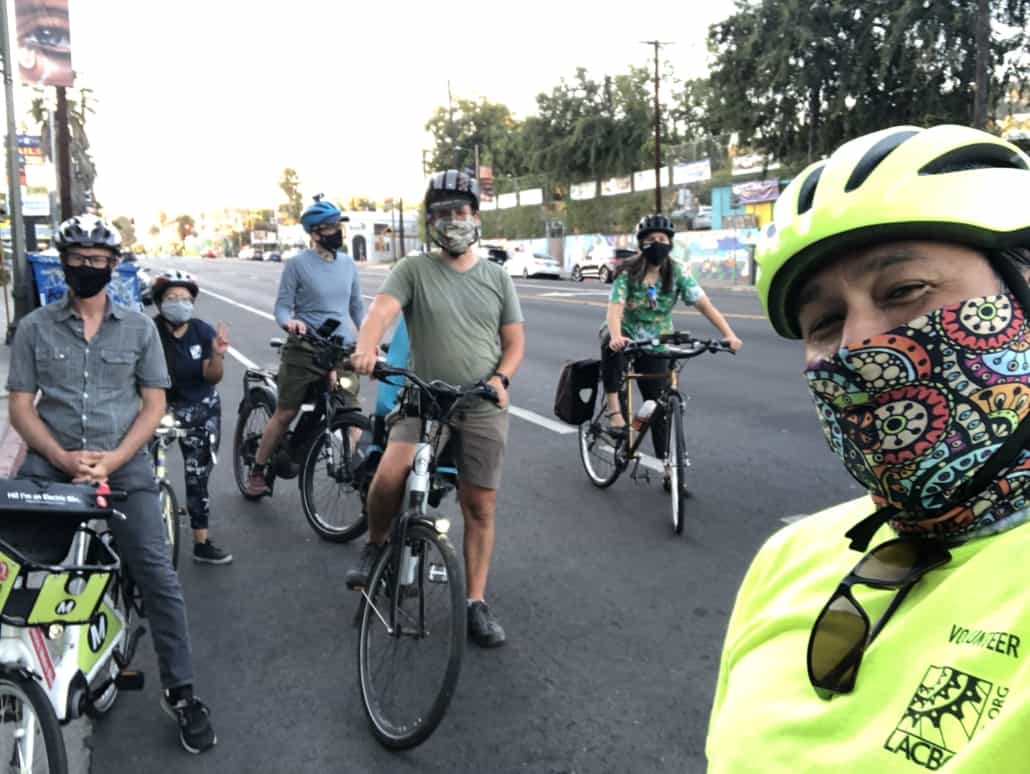Half Billion Dollars Stripped from Active Transportation Funding in State Budget Impasse
Earlier this year, CalBike Insider reported that California’s Active Transportation Program was slated to get an extra $500 million in funding from the state’s budget surplus. That’s enough to pay for approximately 80 high-scoring projects that got turned down in the last round of limited ATP funding. You can see the list of all projects here.
The funding for the ATP was part of a $9.6 billion package approved by the legislature in June. It was contingent upon an agreement with the governor about how to spend almost half of it on high-speed rail. The parties never reached a deal, so the funding, including the $500 million boost to the ATP, reverted to the General Fund on October 10.
In case you haven’t been following this tangled tale, here’s a quick recap. Despite the impact of COVID, California ended up with higher than expected revenue and a budget surplus of almost $76 billion. The budget that passed in July directed $9.6 billion of that surplus toward transportation projects. HSR would have gotten $4.2 billion. The ATP’s $500 million would have more than doubled its annual budget of $220 million. Scroll down for a list of all the projects that lost funding when this deal fell through.
The disagreement that killed these projects was about whether to prioritize HSR spending in the Central Valley or urban coastal regions. The governor wanted to prioritize the Central Valley portion, which is easier to build and necessary for the entire system to work as planned. The legislators wanted investment in the urban areas to speed up transit and give millions of their constituents in Los Angeles and the Bay Area a convenient alternative to sitting in traffic in their cars.
In his veto statement for AB 604, Governor Newsom included this language: “I look forward to re-engaging with the Legislature to finalize and pass a comprehensive transportation package early next year that invests in a wide variety of critically-necessary projects including high-speed rail….”
CalBike is concerned that the governor’s message did not explicitly include active transportation among the projects to be funded when they reach an agreement on HSR. Negotiations will continue during the legislative break, with hopes that the parties can return with a package in January or February.
CalBike will work to make sure that the ATP gets its proposed $500 million boost (at least!) in California’s 21/22 fiscal year. A predicted surplus for next year, which is projected to be at least $5 billion, could provide more incentive to invest some of the prior surplus in worthy transportation projects.
Here’s the complete list of defunded projects from the transportation package:
- Los Angeles Olympics – $1 billion General Fund to deliver critical projects in time for the 2028 Olympic Games. These funds would be allocated through the Transit and Intercity Rail Capital Program (TIRCP). Eligible projects must be in the Southern California region and related to the transportation needs for hosting the 2028 Olympic Games.
- Priority Transit and Rail Projects – $1 billion General Fund for transit and rail projects statewide that improve rail and transit connectivity between state and regional/ local services. These funds would also be competitively allocated through TIRCP.
- Active Transportation—$500 million General Fund to advance projects that increase the proportion of trips accomplished by walking and biking, increase the safety and mobility of non-motorized users. The intent of this allocation is to fund the list of projects already submitted and scored through the CTC’s Active Transportation Program. While the CTC requested $2 billion for active transportation projects, this significant investment was considered sufficient at this time.
- High Priority Grade Separations and Grade Crossing Improvements – $500 million General Fund to support critical safety improvements throughout the state. These funds would be allocated through a competitive grant program for both freight and intercity rail-related projects.
- High-Speed Rail – $4.2 billion Proposition 1A funds to complete high-speed rail construction in the Central Valley, advance work to launch service between Merced and Bakersfield, advance planning and project design for the entire project, and leverage potential federal funds.
- State Highway Rehabilitation and Local Roads and Bridges – $2 billion ($1.1 billion special funds through 2028, and $968 million federal funds) to support the advancement of priority State Highway Operation and Protection Program (SHOPP) projects, Interregional Transportation Improvement Program (ITIP) projects, and local road and bridge investments. The source of the $1.1 billion is interest income from the State Highway Account and other accounts.
- Zero-Emission Rail and Transit Equipment Purchases and Infrastructure – $407 million ($100 million General Fund, $280 million Public Transportation Account (PTA), and $27 million federal funds) to demonstrate and purchase or lease state-of-the-art clean bus and rail equipment and infrastructure that eliminate fossil fuel emissions and increase intercity rail and intercity bus frequencies. This funding proposal was rejected by the legislature but remains part of the ongoing negotiations.

